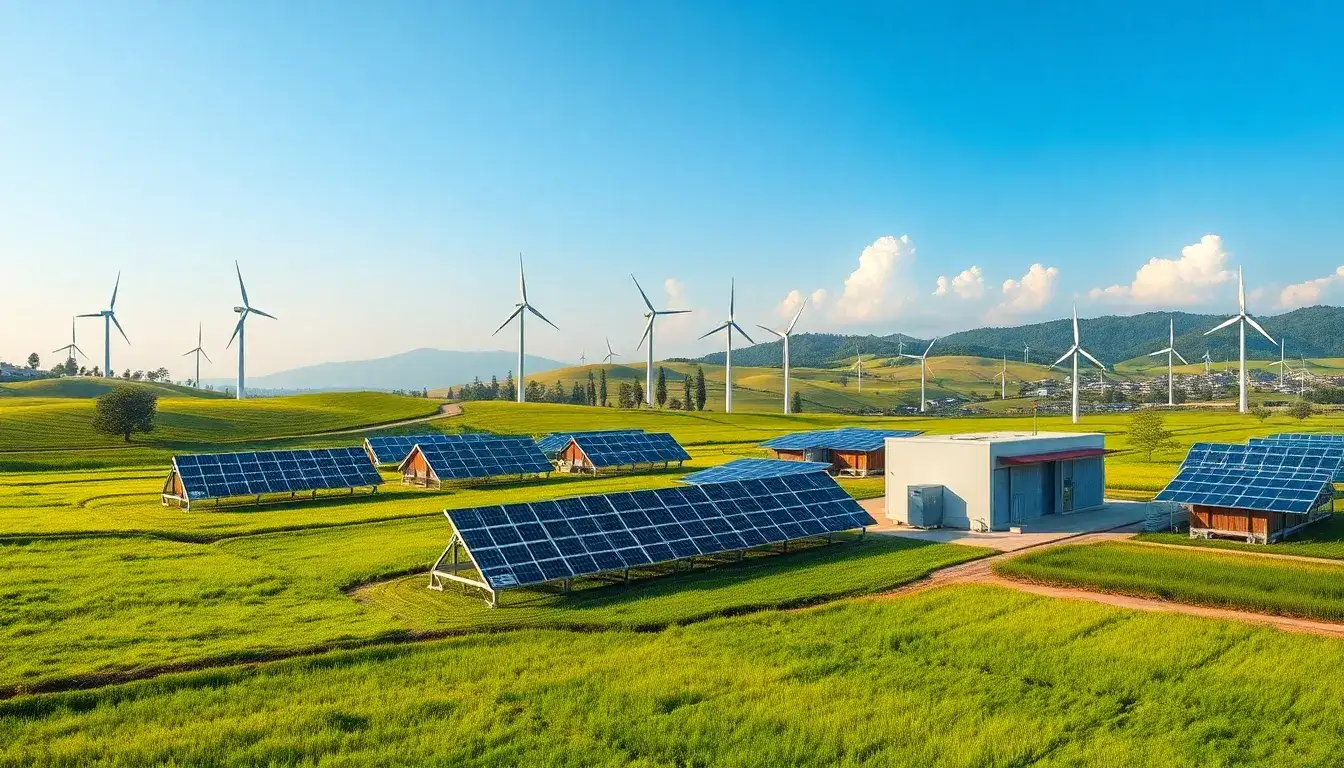
Overview of Energy Storage Developments: This article discusses the advancements in energy storage technologies, focusing on various sources such as solar, wind, and hydroelectric power. It highlights projects and initiatives being implemented across China and internationally, aiming to enhance energy efficiency and sustainability.
The China Energy Storage Conference held on March 29, 2025, serves as a platform for discussing the latest developments in energy storage technologies. Participants included industry leaders, policymakers, and researchers who engaged in dialogue, sharing insights and strategies.
This conference emphasized the national energy policy regarding the development of energy storage systems, with a particular focus on enhancing grid connectivity and the stability of power supply networks. The government’s plans include the establishment of dedicated projects for power grid management, prioritizing energy storage solutions to improve efficiency.
In Heilongjiang Province, the deployment of energy storage systems is being accelerated. The province aims to integrate advanced energy storage solutions into its power grid, with a focus on achieving a total capacity of 68.98 MW and 137.95 MWh. This initiative is part of a broader strategy to establish new energy storage facilities by 2030.
Furthermore, significant projects are underway in Germany, where a total of 221 MW of energy storage capacity is being developed. Collaborations with companies such as LG and CIP indicate strong international partnerships aimed at bolstering energy storage capabilities.
The industry is projected to grow significantly by 2024, with estimated energy storage capacities reaching 6.6 GWh, marking a substantial increase of over 500% compared to previous years. New advancements in smart grid technologies will enable more efficient management of energy resources.
In the realm of battery technology, various companies are investing in the development of advanced energy storage systems. For instance, projects involving lithium-ion batteries and flow batteries are gaining momentum, with the goal of enhancing energy density and reducing costs.
Additionally, renewable energy sources like wind and solar are being integrated with storage systems to create hybrid energy solutions. These projects aim to provide reliable and sustainable energy while minimizing carbon footprints.
In summary, the energy storage sector is rapidly evolving, driven by technological innovations and supportive government policies. The emphasis on renewable energy integration, coupled with advancements in storage technologies, positions these initiatives as key strategies in transitioning towards a more sustainable energy future.







